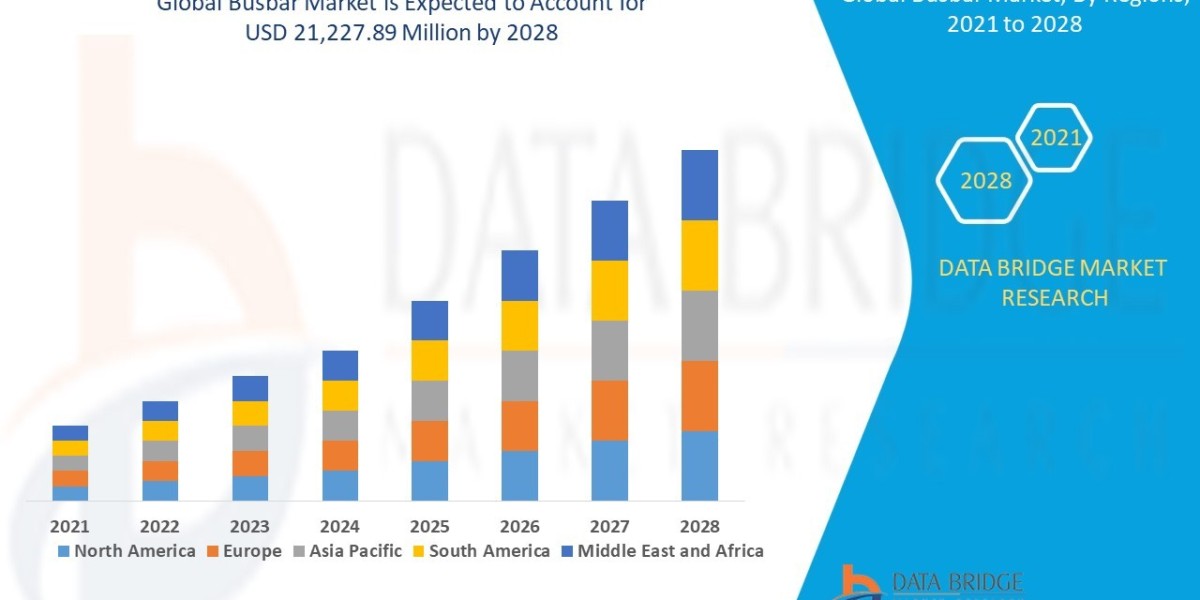Developing healthcare websites is a complex process that requires consideration of many specific requirements and standards. Sites of this topic should not only be convenient and informative, but also comply with strict rules regarding the confidentiality and security of patient data. With the growing demand for telehealth services and digital health management tools, a quality website is becoming critical for healthcare facilities.
The primary task of healthcare website development is to ensure a high level of security. Medical information is among the most sensitive, and a data leak can have serious consequences for both patients and healthcare facilities. Websites must comply with HIPAA (in the US) or GDPR (in Europe) standards governing the storage, transfer and processing of personal data. Encryption, multi-factor authentication, and regular vulnerability scans are used to ensure security.
In addition to security, ease of use is an important component. Since the audience of medical websites includes people of different ages and with different levels of digital literacy, the interface should be simple and intuitive. It is important to provide easy access to basic information such as contact details, doctor information, appointment schedules, appointment options and answers to frequently asked questions. The FAQ section and information about medical services should be clearly structured and easily accessible.
Integration with external services is also an important aspect. For example, the possibility of making an appointment through the website, access to electronic medical records or health monitoring tools significantly increase the usefulness of the website for users. It is important that such integrations are reliable and secure, and that user interfaces are as simple as possible.
The design of medical websites must meet modern requirements while maintaining a professional appearance. It should inspire trust and meet patients' expectations of medical facilities. Using clean lines, calm colors and professional photos helps to create a positive impression. It is important that the design is responsive, providing comfortable viewing on both computers and mobile devices.
The content of the website should be clear and informative. Complex medical terminology should be avoided wherever possible, providing information in an accessible form. This is especially important for educational resources that help patients understand their symptoms, diagnoses, or treatments.
Regularly updating the content is important to keep the information up-to-date. Medical facilities should promptly add news about schedule changes, new services, events, and other important information. Additionally, maintaining a blog or news section can help increase user engagement and improve SEO results.
An important aspect of the development is ensuring the accessibility of the website for people with disabilities. This includes supporting screen readers, providing text alternatives for images and videos, using clear fonts and contrasting colors. Adherence to accessibility standards such as WCAG is not only a legal obligation in many countries, but also an indicator of concern for all users.
Thus, developing healthcare websites is a complex process that requires a deep understanding of medical standards, technology, and patient needs. This approach makes it possible to create a convenient, safe and effective tool that contributes to improving the quality of medical services and patient satisfaction.






